(25017 products available)
























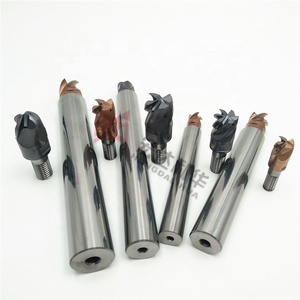
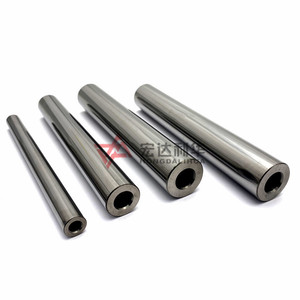













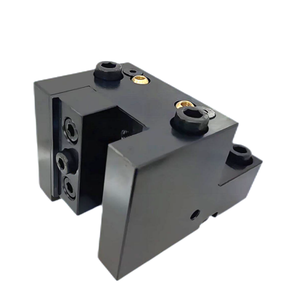
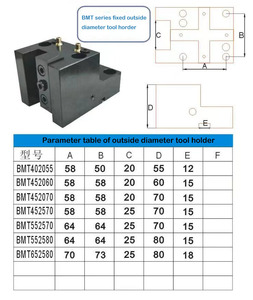

































































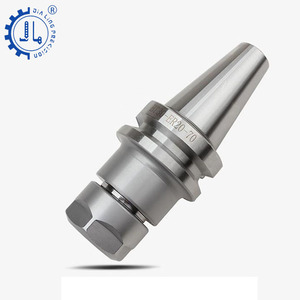
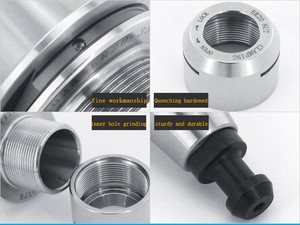


























































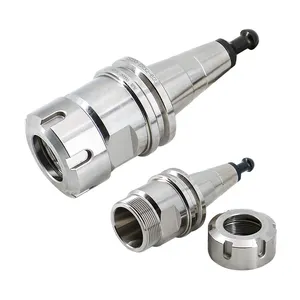









































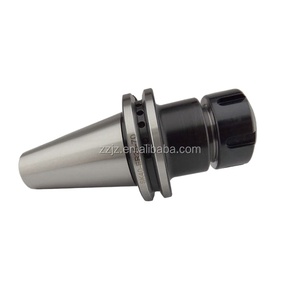

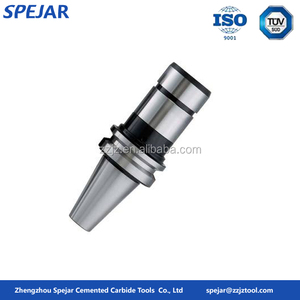
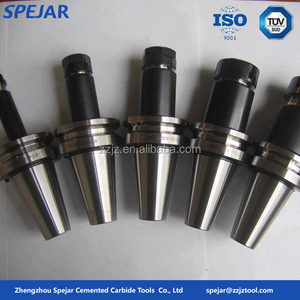













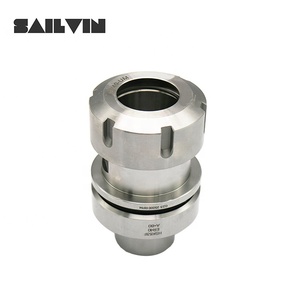




Milling machine holders come in various types, each with unique characteristics that facilitate tenacity and precision. The following list elaborates on some of them:
The milling machine tool holder's specifications vary depending on the type and model. However, key specifications include the milling tool holder material, shank diameter, taper type, length, and capacity.
Milling tool holders require routine maintenance so they can stay in great shape and perform well. To begin with, it is crucial to routinely clean the holder to get rid of any dust, chips, or residues that have accumulated during use. Either air gun blowing or wiping it with a clean cloth is acceptable for cleaning. After cleaning, holders should be lightly oiled to avoid rust and ensure smooth operation.
Second, users should carefully inspect tool holders for any signs of damage or wear, such as chipping, cracking, or deformation. If they notice any damage or if the holders are excessively worn, it is essential to replace them promptly to guarantee machining accuracy and stability.
In addition, the taper surface must be kept clean to ensure good contact when used with the milling machine or other tool adapters. Periodically inspect and tightly fasten the screws of the holders to avoid any vibrating or loosening during machining operations.
Moreover, it is essential to store the milling tool holders properly when not in use. They should be kept in a clean, dry, and well-ventilated environment, away from direct sunlight or moisture. Alternatively, holders can be stored in a tool holder rack or case which is sorted and organized. This method prevents them from being damaged or deformed easily.
Finally, avoid over-tightening when mounting or dismounting the milling cutter to the tool holder to prevent thread damage or deformation of the clamping mechanism. Use appropriate lubricants when handling holders and milling cutters to avoid welding or sticking between the two. Also, abide by the specified tightening torque for the tool holder to ensure reliable clamping and good balance during high-speed operations.
Milling machine tool holders are useful in various industries that rely on precision machining to manufacture products. They are essential components in the following sectors.
Automotive industry
Milling machine tool holders are crucial in the automotive industry, where they manufacture automotive parts. The industry works with different materials like aluminum, steel, and plastics. Tool holders allow for precise milling of engine components, gearboxes, suspension parts, and other critical automotive elements.
Aerospace sector
The aerospace industry represents another key application for milling tool holders. Aerospace industries require precise machining of complex and lightweight materials like titanium and carbon fiber. Precision milling machines produce various components like airframes, landing gears, engines, and other airplane parts.
Metalworking and manufacturing
Milling machine tool holders are the backbone of metalworking and manufacturing industries. Tool holders help CNC milling machines create mechanical devices and complex assemblies for various products. They can cut different materials like metals, plastics, and composited.
Mold and die-making
Milling machine tool holders support the machining of molds and dies. Tool holders work with precision milling machines to produce molds and dies from hard metals like H13 tool steel. They ensure accurate Cutting, Engraving, and Etching to achieve complex shapes required for injection molds, stamping dies, and casting molds.
Medical device manufacturing
Precision machining with a milling machine holder makes it possible to manufacture medical devices. CNC machines are tools for machining implants, prosthetics, surgical instruments, and other medical devices. Their precision is crucial for ensuring functionality and compatibility within human anatomy.
Electronics industry
In the electronics industry, tool holders support the production of electronic device components. They allow for precise milling and machining of housings, connectors, heatsinks, circuit boards, and other intricate electronic components.
Jewelry and watchmaking
Jewelry and watchmaking industries require precision milling tool holders to produce fine jewelry pieces and watches. Tool holders enable the precise cutting and engraving of precious metals to create intricate designs and complicated parts like clock mechanisms.
Robot and automation
Robots and automation rely on precise machining to achieve irreversible driving systems. The robotics and automation industries need accurate parts like gears, frames, and servo motor holders. They use CNC milling machines with tool holders to get precise parts with tight tolerances.
Buyers should keep a few things in mind when selecting milling machine tool holders to fulfill their specific needs. First and foremost, it is essential to match the milling machine holder with the machine's spindle. To prevent any compatibility concerns, verify that the selected holder has a corresponding spindle size and taper.
Considering the type of cutting tools being utilized is equally important. Different tool holders are designed to accommodate various cutting tools, such as end mills, drills, and taps. Buyers should select a tool holder compatible with the specific type of cutting tools they plan to use.
Additionally, buyers should pay attention to the tool holder's clamping system. Various clamping systems are available, such as collets, vises, and geometric clamp jaws, each offering distinct advantages. Buyers should choose a clamping system that aligns with their specific requirements and preferences.
Moreover, buyers should consider the maximum rpm the tool holder can handle. If working with high-speed milling operations, selecting a tool holder with a high rotational speed rating is crucial to ensure safe and efficient performance.
Also, buyers should evaluate the tool holder's balance and vibration characteristics. Selecting a well-balanced tool holder with good vibration-dampening properties can enhance machining precision and prolong the spindle's lifespan.
Buyers should also consider the material and coatings used in the construction of the tool holder. Premium materials and advanced coatings can improve wear resistance and durability, ensuring the tool holder's longevity even in demanding milling applications.
Furthermore, buyers should take the tool holder's length and diameter into account. The tool holder's dimensions can influence the machining reach and accessibility in certain milling operations. Choosing appropriately sized tool holders for the specific machining task is essential.
Finally, buyers should research reputable suppliers and manufacturers of milling machine tool holders. Consider the supplier's reputation, product quality, and customer reviews to ensure a satisfactory purchasing experience.
Q1: What is the future of CNC milling machine holders?
A1: The future of CNC milling machine tool holders looks promising with many trends. They include the increasing demand for tool holders optimized for high-performance machining, the growth of the worldwide automotive sector driving demand for CNC milling machines, and the increasing popularity of sustainable machining practices.
Q2: What are some recent developments in CNC milling machine tool holder technology?
A2: Recent developments tool holder technology include clamping mechanism innovations, such as quick-change systems and secure, vibration-dampening designs. Also, includes integration of smart technology, such as automatic tool length measurement and data exchange capabilities, and increased use of sustainable materials and coatings to extend tool holder lifespan.
Q3: What are the challenges affecting the market for CNC milling machine tool holders?
A3: The challenges affecting the market include economic factors, such as fluctuations in currency exchange rates and raw material prices, global supply chain disruptions, and market competition. Also, the need for compatibility with existing machines and the demand for customization and quick delivery solutions.